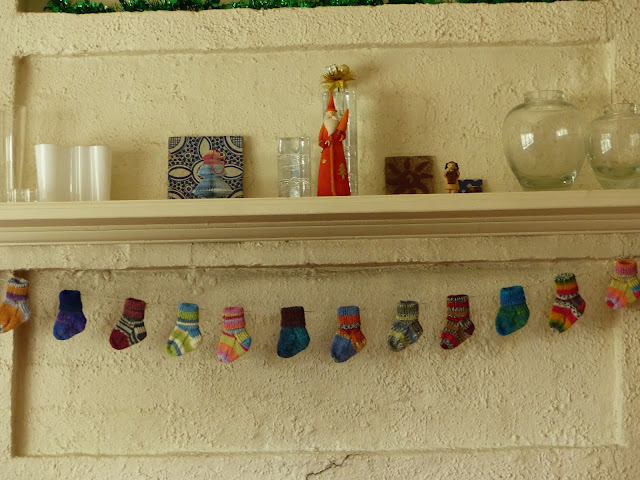Being interested in sustainability, simple living and permaculture, we read a lot of blogs on those subjects. It's both inspiring and instructive to read about the different things that people do to in order to live more sustainably. There is so much helpful information out there.
We've made many sustainable changes to our home - including adding solar hot water, PVs for electricity generation, water tanks, switching to efficient wood heating (using waste wood) and creating an organic fruit and veggie garden. Alongside all of this, we've also been making continual small
changes to how we live, and learning
new skills
along the way.
When you're working towards living more sustainably I think that sometimes the smaller steps you've made towards that goal can be forgotten. Probably because doing these things just becomes part of normal life. However the other day I had a little reminder. I was putting together a few homemade things as a gift for a friend. When I stopped and looked at what I'd gathered I realised that these items were the result of some of the smaller steps we have taken to live a more sustainable life.
Here's what it contained:
- Honey from our backyard hive. You can read about how we extract our honey here, here and here.
- 100% cotton reusable knitted dishcloths (or face washers). I've been having fun making these using cotton yarn from my stash.
-
Preserved olives collected from our backyard trees. See the recipe here.
-
Homemade Tamatar Kasaundi (Tomato oil pickle). From "The Complete Asian Cookbook" by Charmaine Solomon. This is absolutely fabulous stuff - very spicy! I'll post the recipe soon.
-
Homemade laundry liquid. From the book "Down to Earth" by Rhonda Hertzel.
That little lineup of home produce made me stop and think. Those little things do make a difference - we are a more sustainable, resilient and healthy household as a result of being able to produce more of what we eat and use at home.
It would be great to have more free time to tackle lots more sustainable projects. There are lots of things we'd like to do. Right now though, life is busy with full-time work, after-work activities, volunteering, and time spent planting trees on our country block. Given the time that we have,
continuing to make small changes in order to live more sustainably is something that works for us.
I think little things do add up and small changes can make a difference.
What do you think?

















































